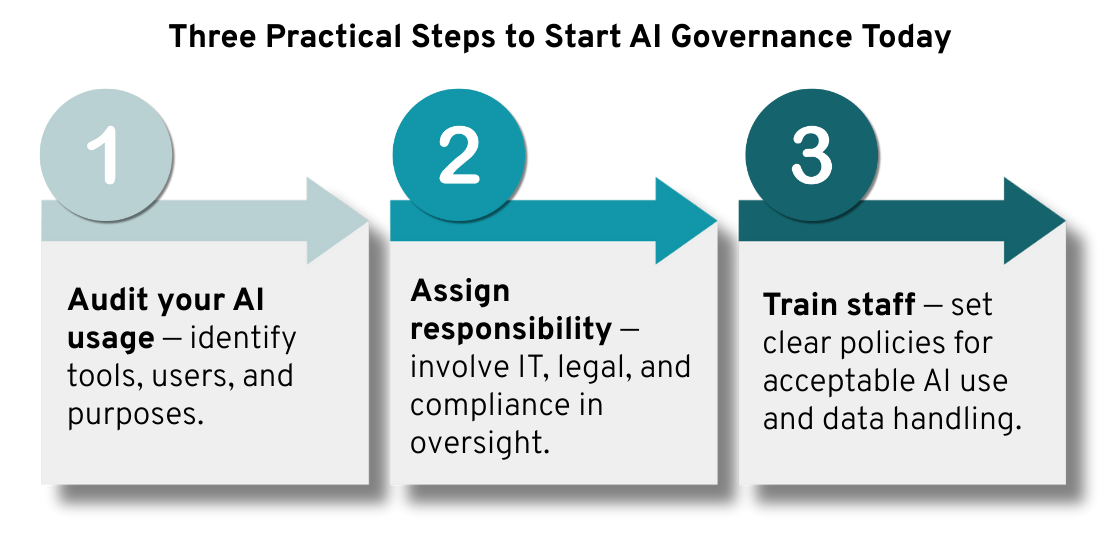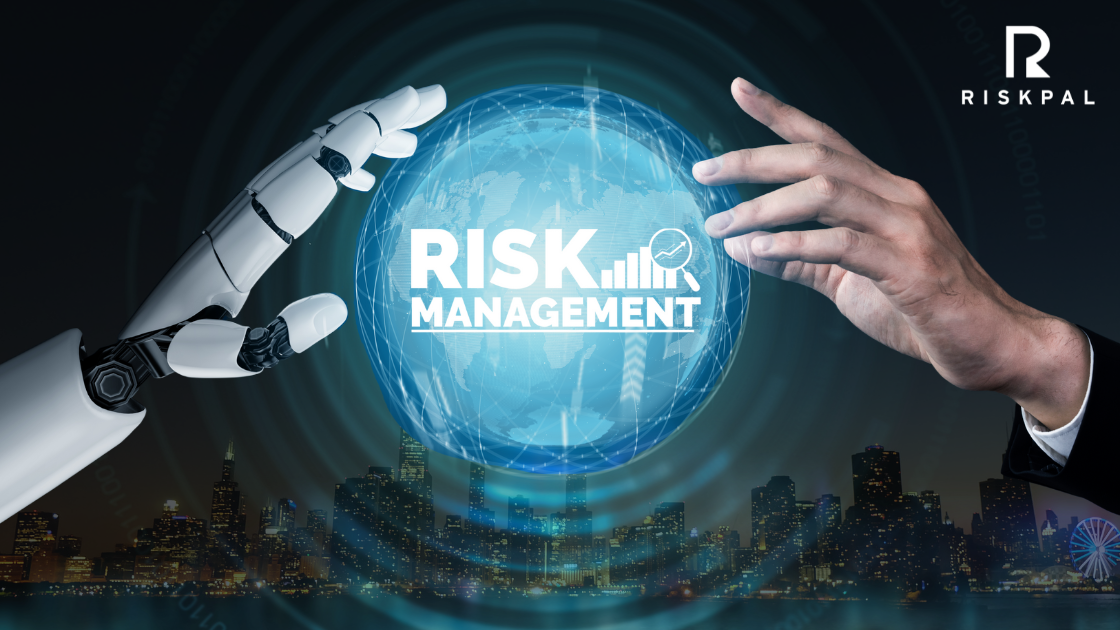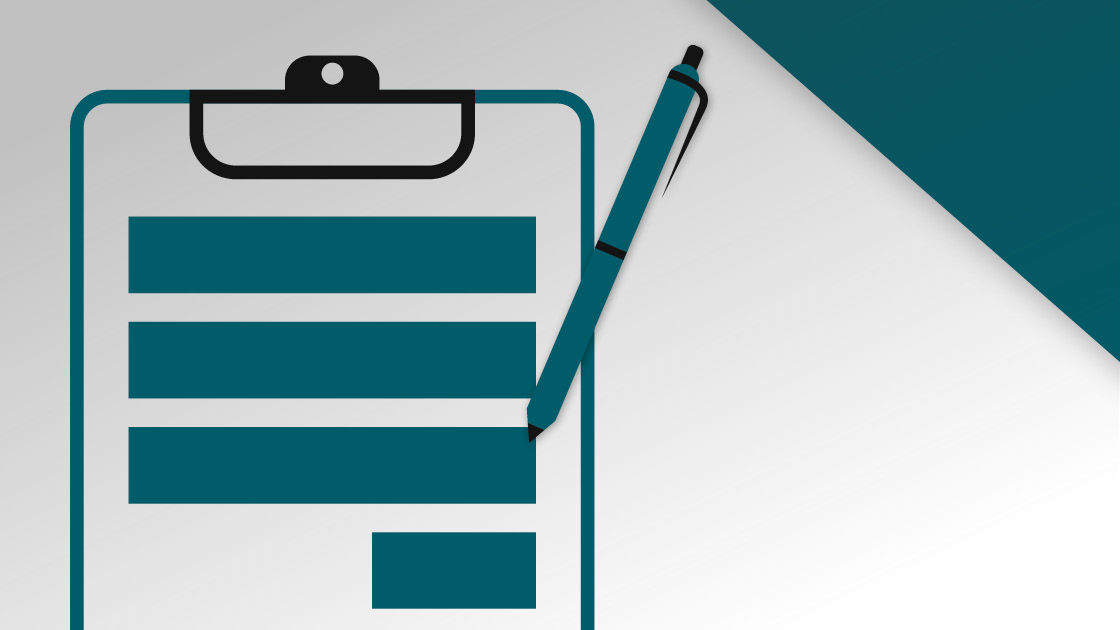AI Governance: Building Transparency, Compliance, and Competitive Advantage
Artificial Intelligence (AI) is reshaping the way organisations work. From chatbots answering customer queries to large language models (LLMs) analysing complex data, AI is rapidly becoming embedded in daily operations. But alongside opportunities come significant risks — from data misuse to compliance failures and reputational damage.
While governments try to walk the line between embracing its potential and regulating its dangers, this familiar technological-regulatory tightrope typically leaves guidance and governance in the rear-view mirror, struggling to keep pace.
Relying solely on regulators to catch up is risky and could leave your organisation vulnerable. Establishing a clear AI governance model can provide transparency, preparedness and confidence in your AI journey – helping you embrace AI’s benefits while staying resilient when things go wrong.
What is AI Governance and Why Does it Matter?
AI governance is the system of policies and processes that provide oversight, guidance, and risk management for your organisation’s use of AI.
You don’t need to code, create language learning models or be at the forefront of agentic AI to implement an AI governance structure. Instead, AI governance ensures your use of AI is responsible, legally compliant, and aligned with your organisation’s values.
Good governance reduces risks while also providing competitive advantage. Increasingly, clients and partners expect transparency around AI use, especially in sensitive areas like data management.

Getting Started: AI Governance Frameworks and Stakeholder Mapping
The first step is understanding how AI is already being used within your organisation by mapping systems and stakeholders. The rapid ascent of AI into our working lives has happened with little oversight, leaving some organisations in the dark when it comes to AI usage among staff, or even in day-to-day service delivery.
Conducting an AI audit helps you identify:
- Which AI tools are being used
- Who is using them
- For what purposes
Assigning responsibility for AI governance is also critical. It need not be a sole individual but instead should involve a mix of stakeholders including legal, IT, and governance. AI should be discussed during risk committee meetings, with findings and assessments regularly shared.
AI Impact Assessments: Identifying Risks and Building Resilience
Once the mapping is done, it’s time to evaluate the potential risk of AI usage through an AI Impact Assessment. Much like a standard risk assessment, this involves:
- Reviewing tools and their purpose
- Identifying vulnerabilities (e.g., data leaks, accuracy issues)
- Defining controls to mitigate risks (those you have and those you aspire to have)
The Critical Role of Data Governance in AI
One essential area you must understand in AI risk assessments is data governance. AI governance cannot be separated from data governance. Evaluate any subscriptions or licenses you have with AI tools and how they use any data inputs. Many AI tools will have different terms and conditions between free and paid subscription types, so make sure you know which category you fall under.
Clear AI Policies and Acceptable Use
Set clear policies on what data can and cannot be fed into AI systems and ensure they are communicated widely to teams. Training staff on acceptable use is one of the critical controls an organisation faces – we humans still hold a vital role in spite of what you may read!
Human Oversight and Rollback Planning for AI Systems
The impact assessment must also analyse systems dependencies, exposure and rollback plans. For example, if using LLMs for data analysis, outline what checks and methods are in place to ensure their accuracy. Or if running an agentic AI chat bot, how are you evaluating efficacy of responses and what are your rollback plans if errors or “hallucinations” occur?
Keeping a human in the loop is essential — ensuring methods are in place for oversight, monitoring, and rectification are essential, including plans to decouple systems from AI if needed.
Embedding AI Governance into Risk Management
Findings from the AI impact assessment and any blind spots identified should be shared with management, plans signed off, and core vulnerabilities should be logged in the corporate risk register. Remember, governance is not a static, one-off exercise — it should be a process of regular evaluation and assessment. AI tools evolve quickly, and your oversight needs to keep pace.
From Compliance to Competitive Advantage with AI Governance
Over the next year, organisations will face increasing AI compliance requirements. From the EU AI Act to frameworks like the NIST AI Risk Management Framework or demonstrating compliance with existing ancillary legislation such as GDPR, we will see the growing professionalisation of AI governance standards and an inevitable ballooning volume of standards and certifications on offer.
AI governance is not just about increasingly organisational resilience and boosting compliance. Being ahead of the curve reduces compliance risk, but it also brings commercial benefits.
Organisations are already vetting suppliers and partners on AI usage. Having documented, transparent processes means you won’t scramble when due diligence questions arrive — and you’ll stand out as a trusted partner.
Conclusion: Governance as a Growth Enabler
AI governance is no longer optional. It strengthens compliance, builds resilience, and enhances trust. More importantly, it positions your organisation to confidently harness AI’s potential while minimising risk.
Handled well, governance becomes more than a defensive measure — it’s a handrail that enables innovation, safeguards your reputation, and gives you a competitive edge in an AI-driven world.
At RiskPal, we help organisations embed risk management into their daily operations, including emerging challenges like AI. Our platform streamlines assessments, strengthens governance, and ensures risks are identified and mitigated before they escalate. Contact us if you want to learn more.



